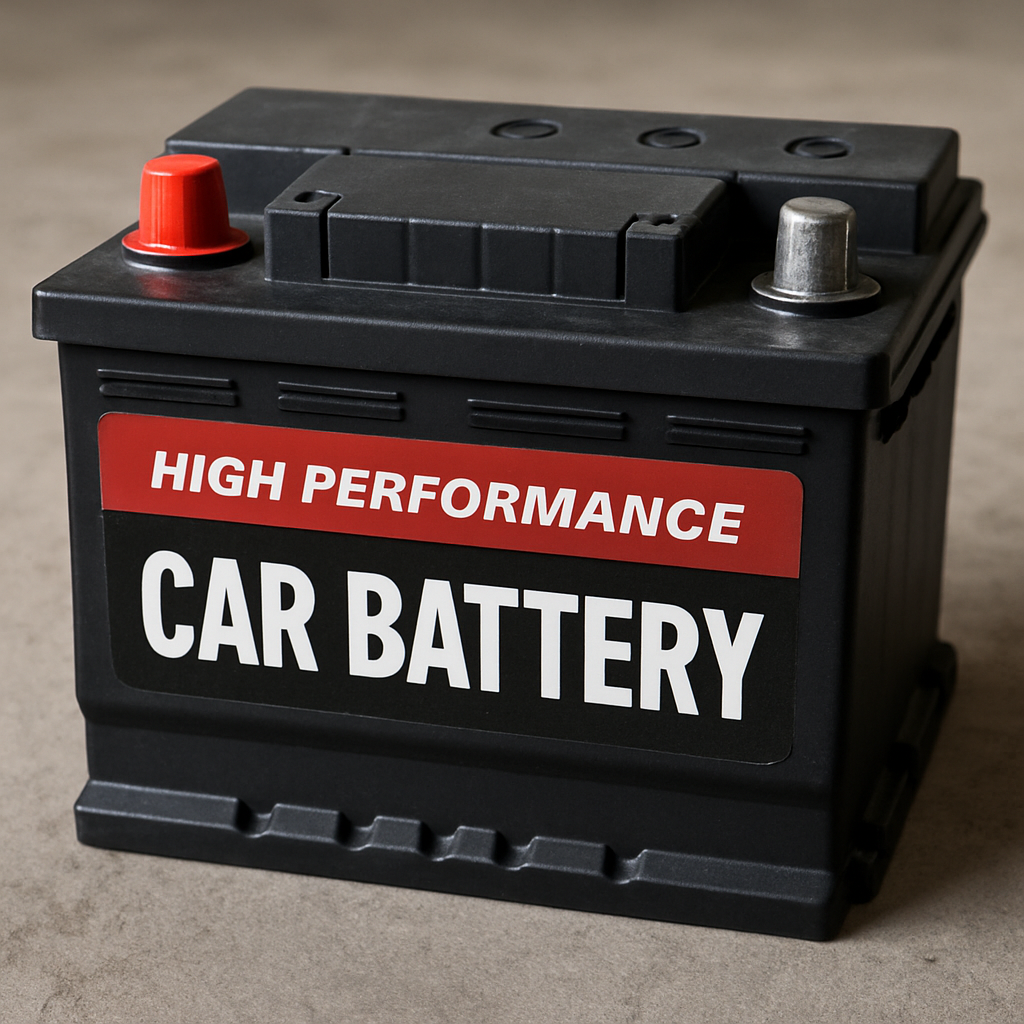House and garden maintenance can be the bane of our lives – after all, we have limited free time, and cleaning and tidying is not likely to be high on our list of favourite ways to spend it.
However, it’s a necessary evil if we want our home and garden to look amazing. But in order to free up our time as much as possible, it’s wise to choose home and garden products that don’t require a great deal of time-consuming maintenance.
Like concrete pavers.
These versatile, durable and cost-effective pavers also have the added benefit of being a very low maintenance flooring solution for your outdoor area – and you won’t have to spend too much of your precious free time making sure they always look good.
Of course, nothing is ever completely maintenance-free, and concrete pavers are no different. The good news is that with a few simple practices, you can have fresh, clean and striking concrete pavers that provide a huge amount of appeal to your outdoor area.
Here’s what you need to do.
Create a paver maintenance schedule
It may sound like overkill, but adding all your paver maintenance jobs to a schedule will help ensure nothing gets forgotten. There are tasks that you’ll need to do on a regular basis, on a semi-regular basis and only every so often or when necessary. Here’s a basic schedule you can follow.
After installation
The one thing you can’t forget after installing your concrete pavers is to seal them, particularly if your pavers are used outdoor and exposed to the elements.
A paver sealant will protect your pavers from wear, tear and weather damage, and preserve their colour for longer. It’s best to use a penetrating sealer (check with a reputable sealing company for advice on the best one to use for your pavers).
Weekly or fortnightly
Remove dirt and debris with a quick sweep
Dirt, dust, debris and clutter can quickly build up on your concrete pavers, so stay ahead of the curve and prevent the build up with a regular sweep of the area. Use a stiff-bristled broom to remove debris and keep your area looking clean, fresh and presentable.
And you won’t have to worry when people come round unexpectedly for a visit, either!
Remove weeds as they appear
No one wants unsightly weeds ruining the look of your lovely paved area. Weeds in paver cracks can quickly become a problem, and the longer you leave them, the harder they are to remove.
As soon as you notice weeds starting to appear, remove them by hand, or use a natural solution like vinegar and water to kill those pesky invaders. You may have to resort to a specialised weed killer for more stubborn weeds that just won’t die.
Every six months or so
Give them a good wash
Sweeping regularly will keep your pavers fairly clean, but every so often you’ll need to give them a thorough wash to remove deep-seated dirt and grime. Use a gentle detergent, rather than harsh chemicals, as you don’t want your pavers to fade, and clean them with a rag or sponge.
Try to do your paver wash on a warmer day, to help minimise the efflorescence (a mineral deposit caused by moisture in the pavers) coming out.
Check for broken, stained or sunken pavers
Concrete pavers, though very hardy and durable, will occasionally get cracked, broken or heavily stained. They may also sink if the surface preparation has not been carried out correctly (click here to discover how to correctly install concrete pavers https://stoneworkspavers.com.au/how-to-lay-pavers/). Every few months or so, conduct a quick check of your paved area, and note any pavers that seem to be developing a problem.
Every year or two
Pressure wash the pavers to give them a good, deep clean and restore their bright colours.
Occasionally you may need to use a high-pressure water cleaner on your paved area, particularly if the surface is very dirty and marked, or the deposits are old and prevalent. You’ll need to be careful with pressure cleaning, however, as concrete pavers can be damaged by overpowered water pressure.
Make sure you use the correct water jet pressure (below 6,900kPa or 1,000 psi), don’t hold the jet closer than 500mm, and use a fan jet with a spray angle of approximately 15 degrees rather than a straight water jet. Turbo or rotary head attachments can damage the surface, so stay clear of those. To ensure you don’t cause damage, do a test first on a small, out-of-the-way area.
And don’t pressure wash your pavers if they don’t need it – if they’re looking fairly clean, just skip this step until it’s really necessary.
Re-seal the pavers
Generally speaking, you should reseal your pavers every one to two years, to protect them from the outdoor elements and make it easier to keep them clean.
Re-apply the sealant every year if your pavers get a lot of use; if not, opt for a reseal every two years. Reseal only after you’ve washed the pavers thoroughly.
Whenever necessary
Spot clean
If you spill something that creates a stain on your pavers, it’s best to spot clean as soon as you can to prevent stains from hardening and setting in.
They’ll be much harder to remove the longer you leave them. Use mild detergent and a stiff brush to remove the stain.
Replace pavers as needed
If you’ve identified any chipped, broken, damaged or badly stained pavers that you just can’t fix or clean, it’s best to replace them. To that end, make sure you have an extra stock of your pavers stored somewhere that you can use as replacements.
With most concrete pavers, it’s a simple matter to lift the individual damaged paver and replace it with another, without having to disturb the surrounding pavers.
Repair grout
Sometimes the grout or jointing material between the pavers will need replacing or topping up as well. Identify areas of concern and add a little more of your jointing material whenever necessary.
Follow this schedule and your concrete pavers will always look their best!
To have a look at a high-quality range of concrete pavers, click here: https://stoneworkspavers.com.au



